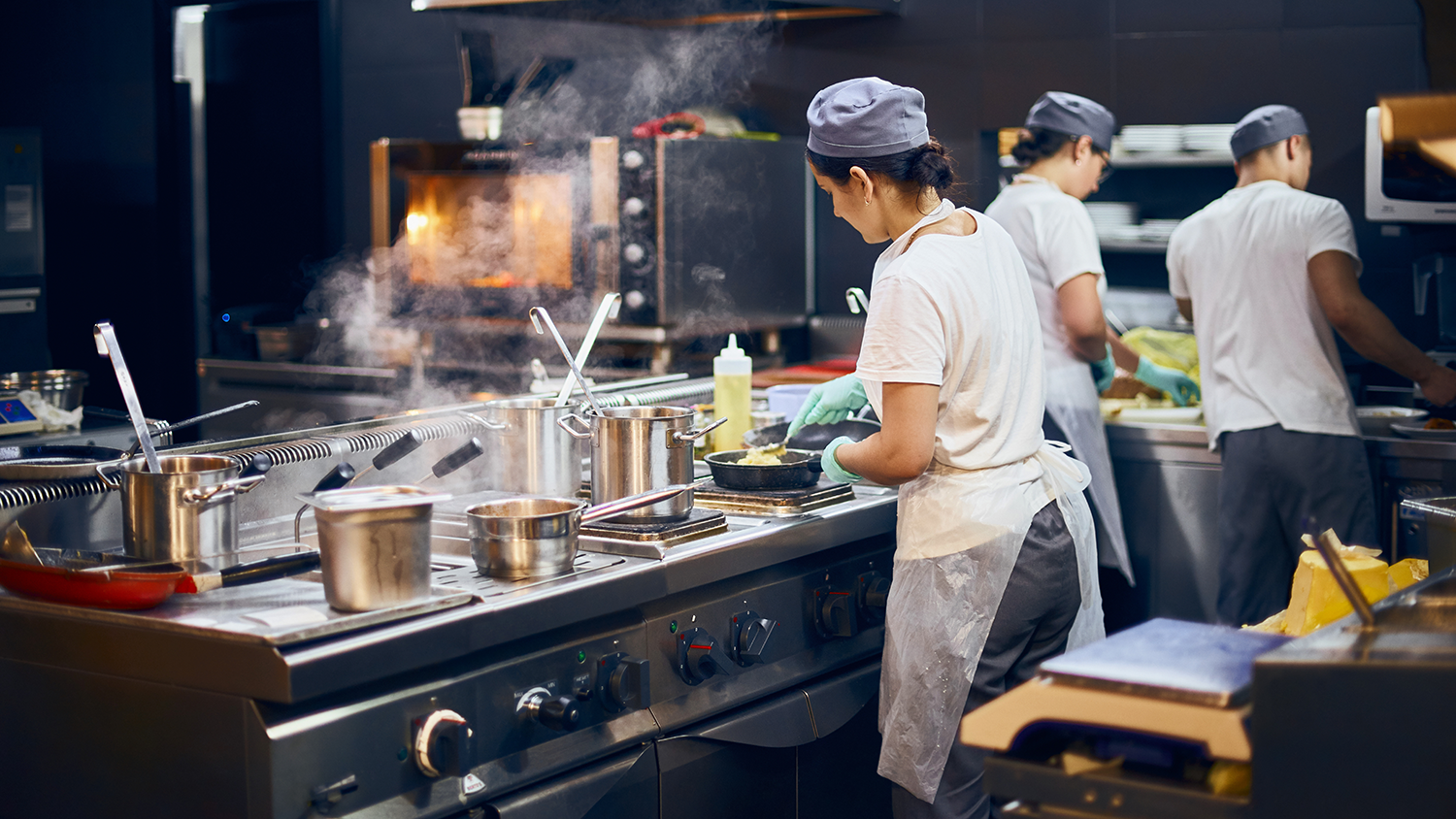By Nick DiMatteo, Fortyfivegames
Who is up for a little history lesson?
In this post of the series, that’s exactly what I have in store for you. This isn’t, however, a history lesson where you will be required to remember the dates of some obscure battle. Instead, we are going to take a look at the history of the bar industry.
And bars are meant to be fun, so let’s have fun along the way.
The term bar itself arises from the actual physical bar slab from which drinks are served within the establishment. Over time, bars have been called by many names: saloon, tavern, ale house, tippling house, pub, club, public house, etc. What they all had in common was that they served some type of liquid refreshment. Some offered food items, various forms of entertainment, and even lodging, but they all had one other common offering – they were used as a public meeting place.
America’s History is Defined by the Bar
In colonial times, the bar or pub became an important hub for meeting, socializing, and engaging in business transactions or political discourse. In her book America Walks Into a Bar, Christine Sismondo claims that American history would have evolved very differently without the bar landscape in colonial towns.
“Taverns produced a particular type of public sphere in colonial America,” she told Smithsonian Magazine. “Without them I don’t think you would have had exactly the same political landscape. Many people compare it to the coffeehouse in London or Paris salons, but those were bourgeois meeting-places. In taverns people could mix together: you see men drinking alongside the people they work for. Early laws fixed the price that tavern-keepers could charge for a drink, so they couldn’t cater to wealthy patrons. And once you add alcohol in there, it changes the way everyone relates to each other. You end up with accelerated relationships—and occasionally cantankerous ones. People become more willing to go out and raise hell over things that they might have let go when sober.”
A number of significant historical milestones have had their starts in bars, such as the American Revolution, the Whiskey Rebellion, and the Stonewall Riots. Arguably, the evolution of our national identity can be traced back to the bar scene. Bars and taverns became a place where people could come together and engage despite socioeconomic and class differences.
Bars, Pubs & Taverns Build Community
So why the history lesson and what does any of this mean for you as a bar operator? As Winston Churchill once said, “Those that fail to learn from history are doomed to repeat it.” And while you may want to avoid political talk in your establishment, you do want to tap into the community-building aspect that has made the American bar so popular.
Not every bar enterprise is a successful one and there is a lot of competition. In 2019, market size of the bar and nightclub sector in the United States reached an impressive $31.33 billion. The sector took a big hit, like most other industries, with the global pandemic but has been steadily increasing with 2022 coming in at $26.67 billion. So, from an owner and operator standpoint, what can you do to carve out your piece of the pie?
In a well-executed bar environment, throw in some alcohol and relationships become accelerated. Interactions occur between people who might not ordinarily cross paths. A fun and relaxed competitive vibe is part of the bar scene canvas, but in the interest of avoiding enthusiastic arm wrestling among guests, bar owners and operators look to find ways to harness that energy in a way that is safe, engaging and profitable. Games, in all of its forms, is a great fit.
Depending on demographic, low-tech options like darts, pool tables and shuffleboard will continue to have a loyal fan base. Venues with outdoor areas have begun offering choices like corn hole and even oversized games like Jenga, chess and Connect 4. Pinball machines first started showing up in bars in the 1930s, with video arcade games being introduced in the ‘70s; both have retained a strong presence since. Then, of course, there is Trivia Nights.
There are also a wide range of options for coin-operated entertainment that can be incorporated into the bar environment. Claw machines that dispense prizes like ducks, air hockey, sport- and leisure-themed games such as hunting, golf, and basketball, or even electronic versions of popular games such as beer pong are available. Arcade classics continue to be a popular diversion with an increasing emphasis on a retro approach including classics like Pacman. Photobooths provide opportunities for clientele to capture a moment and for establishments to capture ancillary revenue.
Looking Toward the Future
As our society becomes increasingly an electronic and technological one, it stands to reason that people will come to expect entertainment options that allow the fast-paced versatility and abundance of options that can be found through interactive, cutting-edge technological choices, like VR and other more immersive experiences.
History tells us that bars will remain an integral part of the US and global culture. To be competitive and relevant, bar operators need to dig deep and figure out their mission, niche and what is needed to get there. A strategic approach is one that looks at many factors, such as your target audience, available space, maintenance feasibility, novelty, and return on investment.
Stay with me in future posts as we go back to the future to figure out what that all means.







